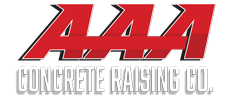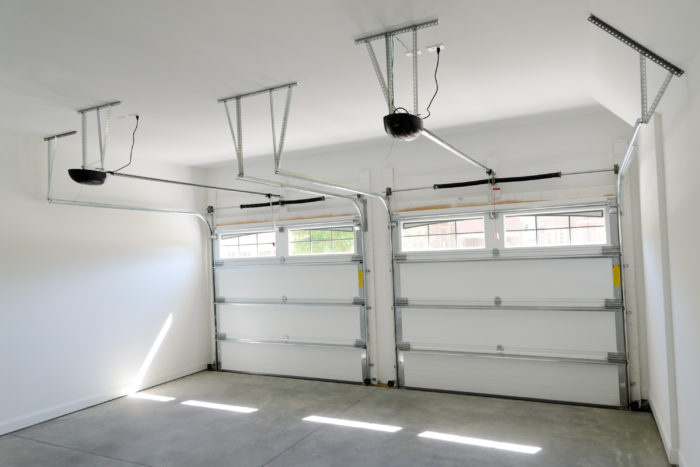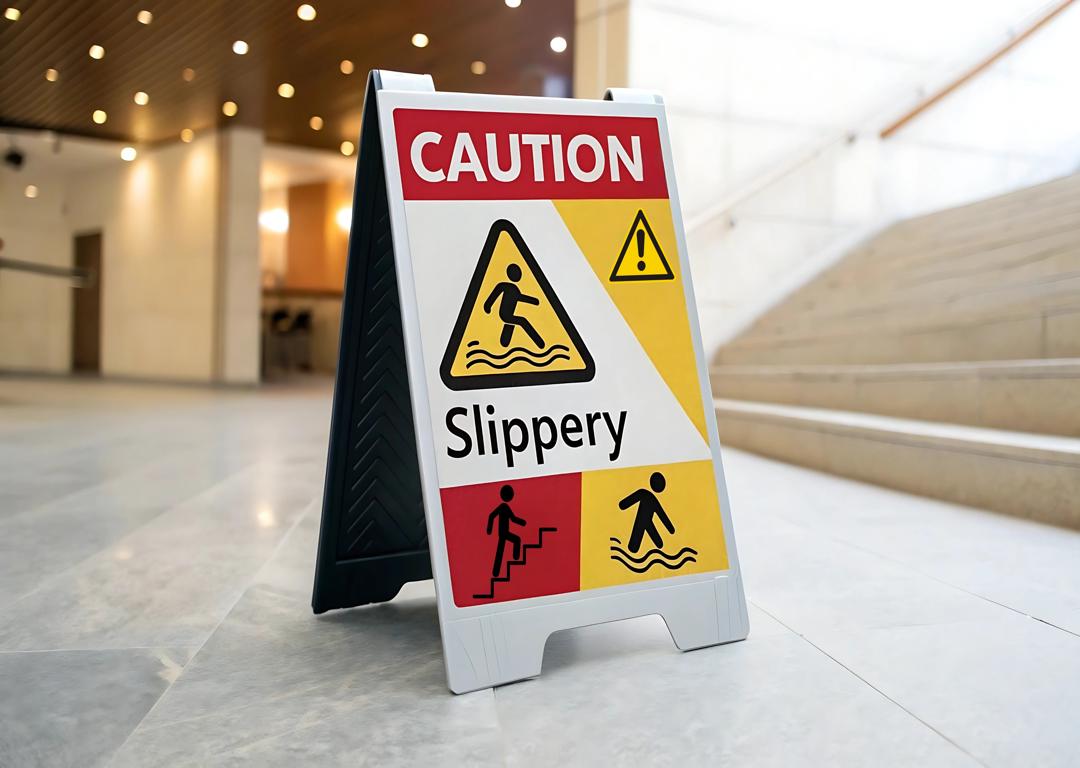Having an uneven, pitted, or dimpled concrete garage floor can be more than just a nuisance to look at. Low spots in a garage can be indicative of unsupported concrete slabs, something that often gets worse over time as the concrete continues to settle.
Also, low spots on a garage floor are the first place that liquids will run when the inevitable spill happens. This goes for motor oil and other lubricants, which are notoriously difficult to remove from concrete.
So, how can low spots on a garage floor be corrected? In this article, the concrete experts at AAA Concrete Raising are helping you with a few pointers related to doing this yourself, with some things to consider if you’re interested in hiring outside help to assist you.
Keep in mind that the severity of any low spot on a garage floor will depend largely on how well the concrete slabs are supported. A lack of support beneath any concrete slab will invariably result in ongoing degradation. Therefore, the best approach to garage floor leveling will depend on the structural integrity of the concrete and how depressed each low spot is.
Garage Floor Leveling Compound vs. Slab Jacking
It’s safe to say that there are two paths to success if you’re wanting to correct low spots on your concrete garage floor. These two strategies are both tried-and-true and work well in most cases. Let’s take a closer look at each one.
Using Leveling Compound
Using concrete leveling compound is a great idea for do-it-yourselfers, and it’s a great way to correct smaller, less severe low spots. For dips and sags that are fairly localized, using leveling compound can be a fantastic, low-cost solution.
Here’s a quick list of the steps required to complete a concrete leveling project using leveling compound found at most hardware stores:
Step 1: Clean the low area thoroughly. For low spots that have significant amounts of oil in them, abrade the concrete first. Then, vacuum the entire area.
Step 2: Use a straightedge to gauge the depth of any concrete depression. A great tool for doing this is a long 2×4. Once you’ve located where the depressions are, mark them with a pencil.
Step 3: Use self-leveling concrete filler consisting of latex, epoxy, or some combination thereof. Pour the filler into the depression and use your straightedge to ensure uniform filling.
Step 4: Allow the garage floor leveling compound to cure. This often takes between 12 and 24 hours. Curing times are almost always listed on the packaging of any concrete leveling compound.
After the compound has fully cured, it will be safe to apply whatever paint or sealer you wish to use.
Slab Jacking
Unless you’re an experienced mason with a thorough understanding of mudjacking techniques, it’s highly advised that slab jacking be left to the professionals. This is because slab jacking involves modifying the underlying support system of the concrete slabs, something that can go very wrong if the incorrect materials, equipment, or techniques are used.
Garage floor leveling using a slab jacking process involves the following steps:
Step 1: The affected slab(s) are identified after a series of measurements are taken. The concrete raising technician will mark the ideal locations for drilling slurry or polyurethane injection holes.
Step 2: A matrix of 1-4 inch-wide holes are drilled directly into the concrete, going down as far as is necessary to reach the area below the concrete slab.
Step 3: Either a slurry mix or polyurethane foam compound is injected into the area below the affected slab(s).
[Note: Polyurethane foam injections offer slightly better results, as the expansion of the foam works harder to level the concrete. However, polyurethane slab jacking is often much more expensive than slurry-based slab jacking.]
Step 4: The holes that were drilled into the garage floor are patched with cement and the entire floor can then be treated to whatever paint or sealer is desired.
For Expert Help with Garage Floor Leveling, Contact Us
Some low spots on garage floors can be corrected in a single afternoon with some basic supplies from the hardware store. Others require more extensive work to correct. Regardless of how old your garage floor is or how bad the low spots are, the concrete raising experts at AAA Concrete Raising can help.
Contact us today to learn more about how we can help. We look forward to hearing from you!





